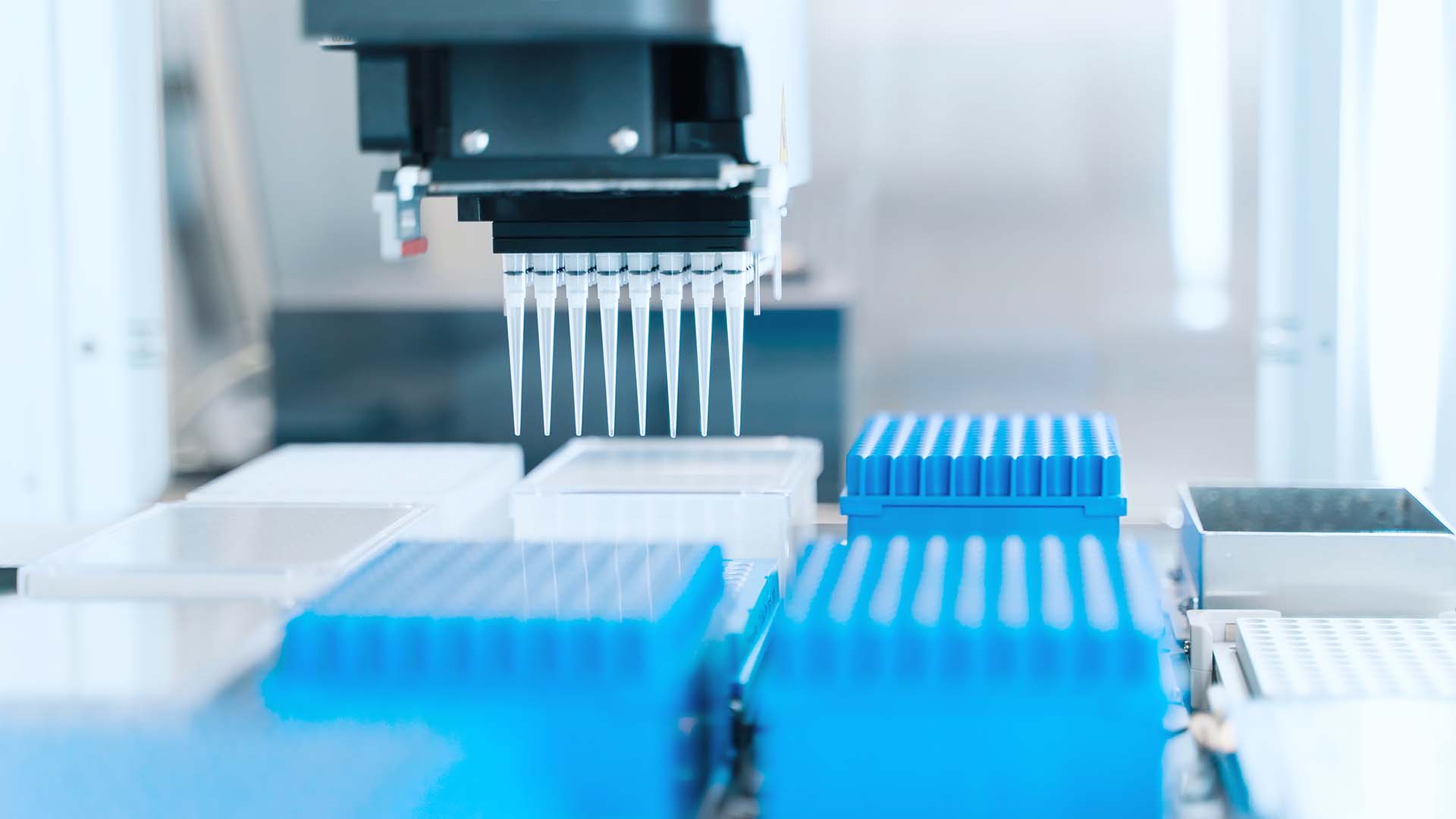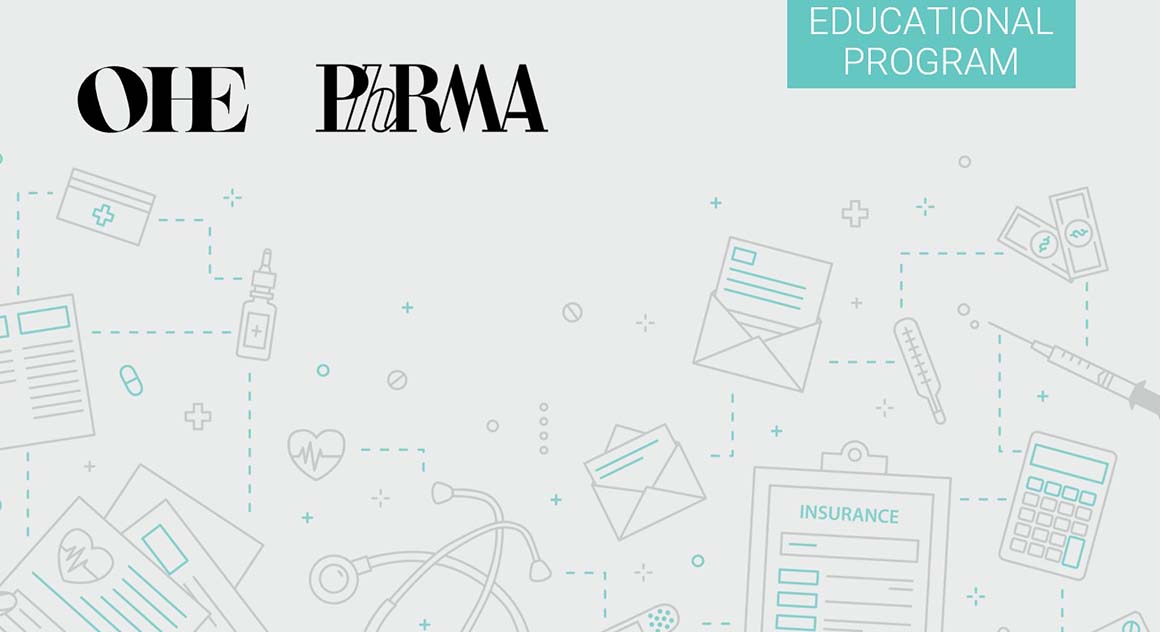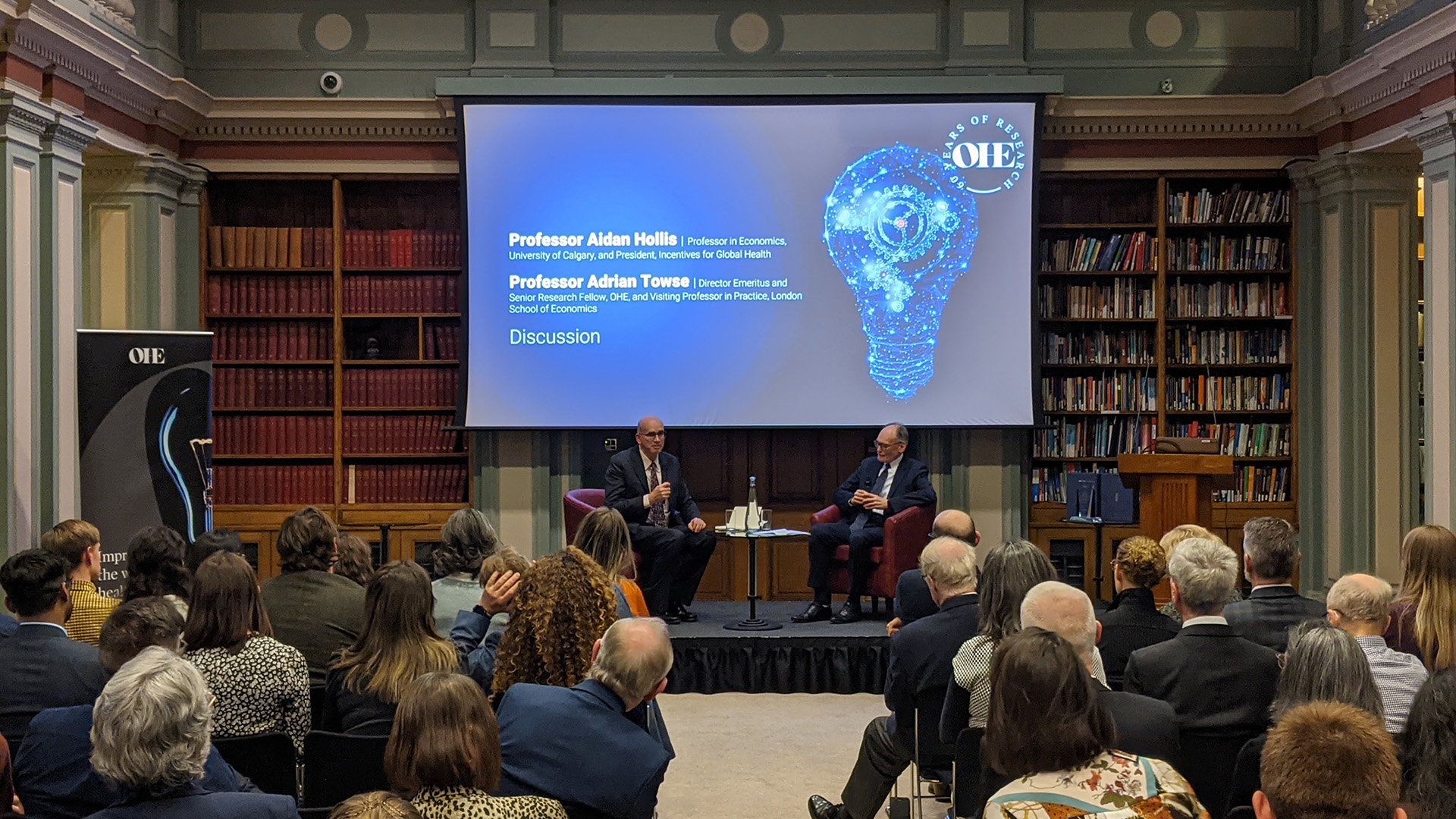Sign up to our newsletter Subscribe
Challenges and Solutions for Budget Impact Analysis of Gene Therapies

Sign up to our newsletter Subscribe

Adrian Towse presented evidence that transparency of process reduced corruption and improved competition. Evidence was, however, against price transparency for on-patent medicines. It will reduce access in low income countries. In generic markets, price transparency could improve efficiency, although it…
Adrian Towse presented evidence that transparency of process reduced corruption and improved competition. Evidence was, however, against price transparency for on-patent medicines. It will reduce access in low income countries. In generic markets, price transparency could improve efficiency, although it risks collusion by suppliers. There is therefore a case for buyers sharing, but not publishing, price data for off-patent medicines.
Adrian Towse presented evidence that transparency of process reduced corruption and improved competition. Evidence was, however, against price transparency for on-patent medicines. It will reduce access in low income countries. In generic markets, price transparency could improve efficiency, although it risks collusion by suppliers. There is therefore a case for buyers sharing, but not publishing, price data for off-patent medicines.
A popular response to the problem of escalating drug prices has been to argue for transparency of drug pricing within and across borders. In a rare alignment, both the Trump administration and the World Health Organization are calling for more transparency of the prices paid for prescription drugs as a means of reducing prices or (in WHO’s case) getting to “fair prices”. But will making prices publicly available make procurement more efficient, and make cost-effective medicines more accessible? In this seminar, at the Center for Global Development on 10th February 2020, Adrian Towse presented research evidence from an OHE CGD Research Paper as to when price transparency will, and will not, help the efficient and effective procurement of medicines.
He began by distinguishing as between a belief in transparency as a good thing in itself (i.e., we should be open in what we do?); and the use of transparency as a means to the end of more cost-effective procurement, and greater health gain. The former is not an economic issue but a preference. The latter is a practical question which can be explored with research.
He drew a clear distinction between transparency of procurement process and transparency of the prices obtained from that process. There was clear evidence that transparency of process reduced corruption (so reducing prices) and improved competition, as opaque and discretionary procurement practices reduced incentives for firms to enter the market and actively pursue new contracts. It was important however, that transparency of process did not lead to information disclosure that could allow suppliers to collude so reducing competition and increasing prices.
Adrian noted that price transparency makes international price comparisons easier, producing more price uniformity across countries. The EU judged the success of its single market policies in part by looking at the degree of price convergence across countries, suggesting artificial trade barriers had been reduced and competition increased. The argument used by WHO seemed to be that knowledge of prices (and costs) increased buyer bargaining power (and enabled cost-plus pricing). However, it was important to distinguish between static efficiency (getting prices that reflect costs) and dynamic efficiency (getting prices that reflected and rewarded the value of innovation). For the R&D-based pharmaceutical industry, prices had to be above short run costs. How much above should vary according to the value delivered to a health system, which depended on income levels and affordability within health budgets.
The research evidence was therefore against price transparency for on-patent medicines. In the absence of a global agreement on tiered pricing by region and market (i.e. exactly who should pay for innovation), the effect of price transparency will be to slow the diffusion of innovative products to low income countries, reducing access, as higher income countries seek only to pay the same prices as lower income countries, forcing companies to charge uniform prices which the lower income countries cannot afford. Value-based differential pricing based on an HTA assessment of value and of the country’s/payer’s ability to pay for health gain, given budgetary constraints, is important and can best be achieved in the current environment via confidential discounts. That is, for on-patent products, buyers (especially lower income buyers) would not benefit from sharing prices among themselves.
In high income countries, generic products dominate by volume, and in developing country markets generic products dominate by both volume and value. In generic markets, patents have expired and we do not need price differentials to provide a return on innovation. Price transparency for off-patent products could improve market efficiency if capacities are there to use the data to inform procurement decisions whilst protecting against supplier collusion. Transparency of the procurement process significantly lowers costs to purchasers of off-patent medicines by increasing confidence in the process and thereby attracting more suppliers. However, price transparency increases the opportunity for collusion by enabling generic suppliers to observe one another’s prices. Any consideration of price transparency must take this possibility into account. There is therefore a case for consideration of one-sided disclosure of multi-source prices, i.e., buyers sharing price data for off-patent medicines amongst themselves. It would require databases of ex-factory off-patent prices employing strong security protocols to prevent supplier access.
Overall, transparency of price or process is a tool which can improve efficiency and access in some circumstances and reduce it in others. A positive, evidence-based, approach is needed, rather than a normative, ideological one.
Adrian’s slides are available below:
Related Research
Brassel, S., Rozanova, O., and Towse, A. (2019). The WHO Technical Report on the Pricing of Cancer Medicines: Missing a central role for HTA and value assessment. OHE Research Paper, London: Office of Health Economics. Available at: https://www.ohe.org/publications/who-technical-report-pricing-cancer-medicines-missing-central-role-hta-and-value
Danzon, Towse and Mestre-Ferrandiz (2015). Value-Based Differential Pricing: Efficient Prices for Drugs in a Global Context” Health Econ. 24: 294–301. See OHE blog at https://www.ohe.org/news/pricing-variations-within-and-across-countries-gauging-efficiency
An error has occurred, please try again later.
This website uses cookies so that we can provide you with the best user experience possible. Cookie information is stored in your browser and performs functions such as recognising you when you return to our website and helping our team to understand which sections of the website you find most interesting and useful.
Strictly Necessary Cookie should be enabled at all times so that we can save your preferences for cookie settings.
If you disable this cookie, we will not be able to save your preferences. This means that every time you visit this website you will need to enable or disable cookies again.
This website uses Google Analytics to collect anonymous information such as the number of visitors to the site, and the most popular pages.
Keeping this cookie enabled helps us to improve our website.
Please enable Strictly Necessary Cookies first so that we can save your preferences!


